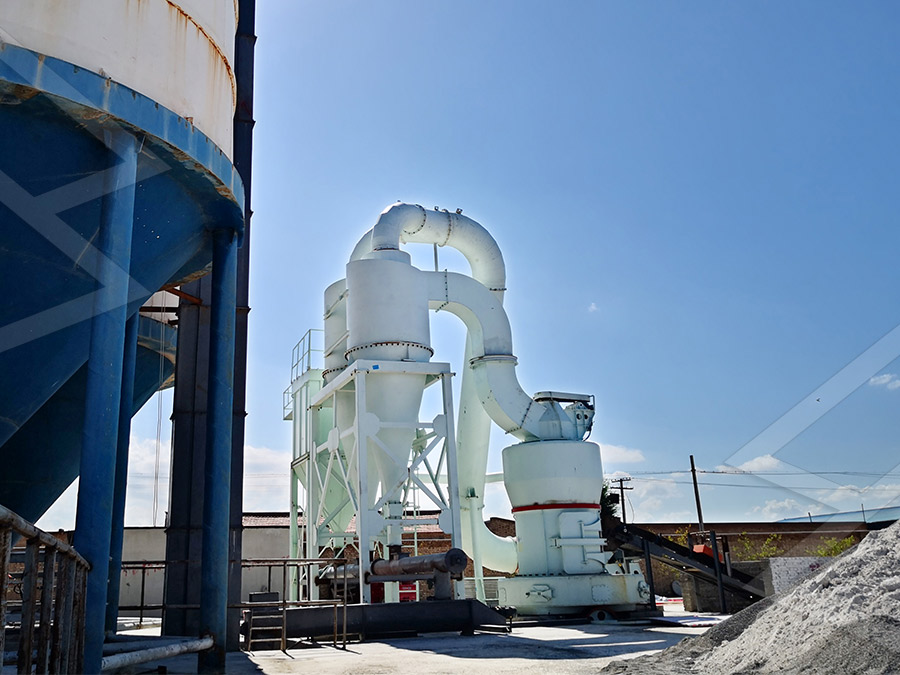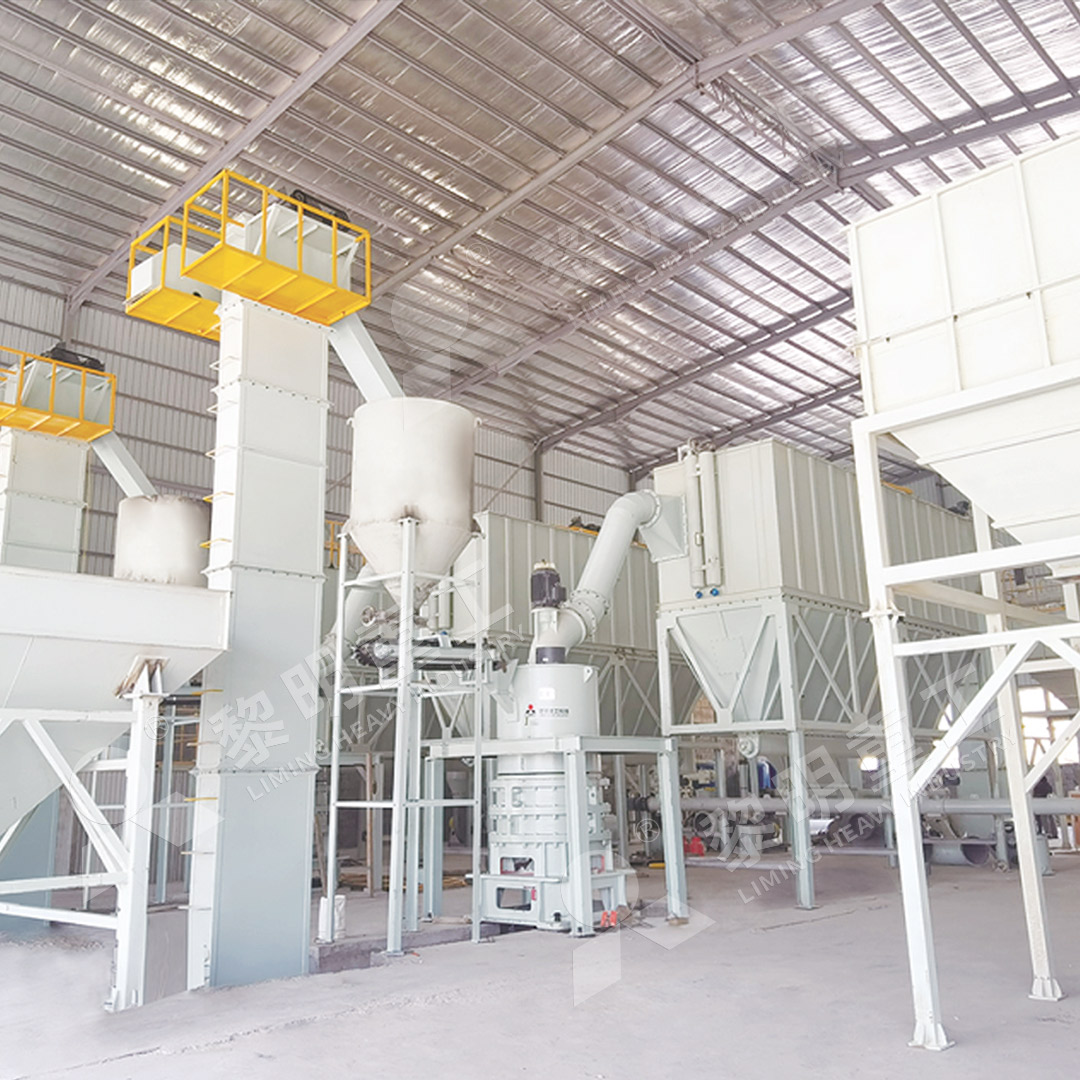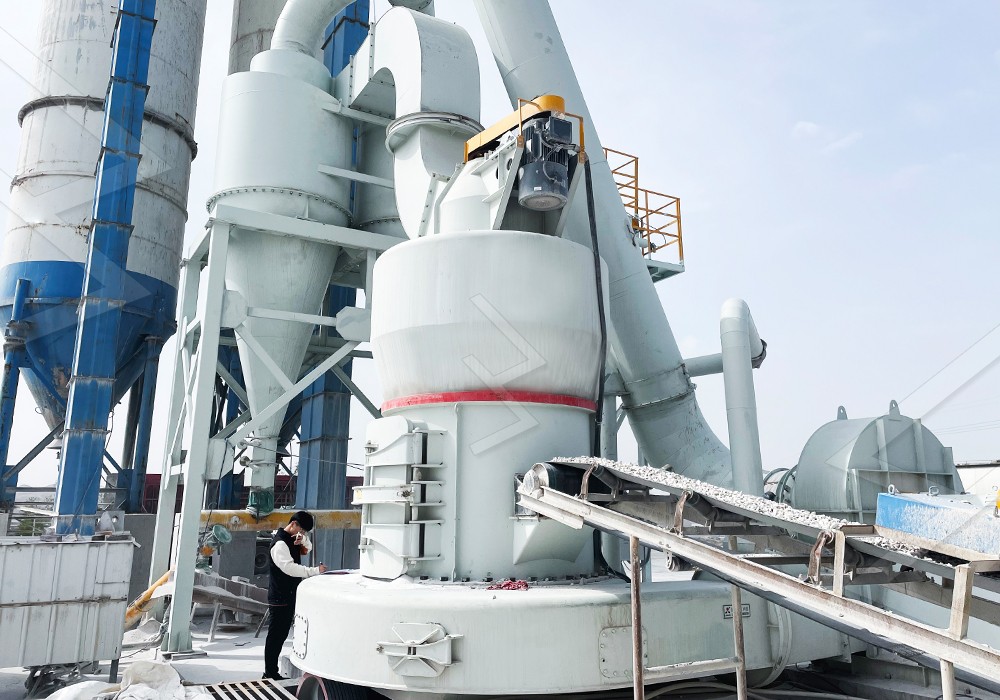Quality Control Methods for Gypsum Powder Production
Quality Control Methods for Gypsum Powder Production
In the competitive world of construction materials manufacturing, maintaining consistent quality in gypsum powder production is paramount. The journey from raw gypsum rock to fine powder demands rigorous quality control measures at every stage. This article explores comprehensive quality control methodologies that ensure superior gypsum powder meets industry standards.
Modern gypsum processing begins with careful raw material selection. Natural gypsum deposits vary in purity and composition, requiring thorough testing before processing. The initial crushing phase must achieve uniform particle size distribution to facilitate efficient grinding. This foundational step directly impacts the final product’s consistency and performance characteristics.

The grinding phase represents the most critical quality control checkpoint. Traditional grinding methods often struggle to maintain consistent particle size distribution, leading to product variability. However, advanced grinding technologies have revolutionized quality assurance in gypsum powder production.
Advanced Grinding Solutions for Superior Quality
For operations requiring ultra-fine gypsum powder with exceptional consistency, the MW Ultrafine Grinding Mill represents a technological breakthrough. This innovative equipment processes raw materials with input sizes up to 20 mm and delivers production capacities ranging from 0.5 to 25 tons per hour. Its German-designed cage-type powder selector enables precise fineness adjustment between 325-2500 meshes, ensuring consistent product quality batch after batch.
The MW Ultrafine Grinding Mill incorporates several quality-enhancing features. The absence of rolling bearings and screws in the grinding chamber eliminates common failure points that can compromise product consistency. Meanwhile, the integrated pulse dust collector maintains environmental standards without sacrificing production quality.

Comprehensive Quality Monitoring Framework
Effective quality control extends beyond equipment selection to encompass systematic monitoring protocols. Regular sampling and testing should occur at multiple production stages:
- Raw material inspection for purity and moisture content
- In-process monitoring of particle size distribution
- Final product testing for chemical composition and physical properties
- Packaging quality assurance to prevent contamination
Modern quality control laboratories serving gypsum production facilities typically employ laser particle analyzers, X-ray fluorescence spectrometers, and standardized setting time test apparatus. These instruments provide quantitative data to supplement visual inspections and manual testing.
Vertical Grinding Technology for Consistent Results
Another exceptional solution for quality-conscious producers is the LUM Ultrafine Vertical Grinding Mill. With an input size capacity of 0-10 mm and throughput of 5-18 tph, this mill incorporates advanced Taiwanese grinding roller technology and German powder separation systems. The unique roller shell and lining plate grinding curve design promotes stable material layer formation, resulting in consistent product quality with enhanced whiteness and cleanliness.
The LUM mill’s double position-limiting technology prevents destructive impacts during operation, while the reversible structure simplifies maintenance access to grinding components. These features collectively ensure uninterrupted production of high-quality gypsum powder with minimal quality fluctuations.

Environmental Considerations in Quality Management
Modern quality control extends to environmental performance. Dust control systems, noise reduction technologies, and energy efficiency metrics now form integral components of comprehensive quality management systems. Producers implementing advanced grinding technologies often achieve simultaneous improvements in product quality and environmental compliance.
Frequently Asked Questions
What is the optimal moisture content for gypsum before grinding?
Raw gypsum should typically contain less than 5% moisture before grinding to ensure efficient processing and consistent product quality. Higher moisture levels can lead to clogging and uneven particle size distribution.
How often should particle size distribution be tested during production?
For critical applications, continuous monitoring is ideal. At minimum, samples should be tested every 2 hours during continuous operation, with additional tests following any process adjustments.
Can the same grinding equipment handle both natural and synthetic gypsum?
Advanced mills like the MW and LUM series can process both natural and FGD gypsum, though parameter adjustments may be necessary to accommodate differences in crystal structure and impurity profiles.
What maintenance practices best preserve grinding quality over time?
Regular inspection of grinding components, timely replacement of wear parts, and consistent lubrication schedules maintain optimal grinding conditions. Equipment with external lubrication systems, like the MW Ultrafine Grinding Mill, offers significant advantages for maintenance without production interruption.
How does grinding technology impact gypsum’s setting time?
Finer, more consistent particle sizes generally accelerate setting times. Advanced grinding systems providing narrow particle distribution ranges enable precise control over this critical performance parameter.
